
Constructed Wetlands
Constructed Wetlands
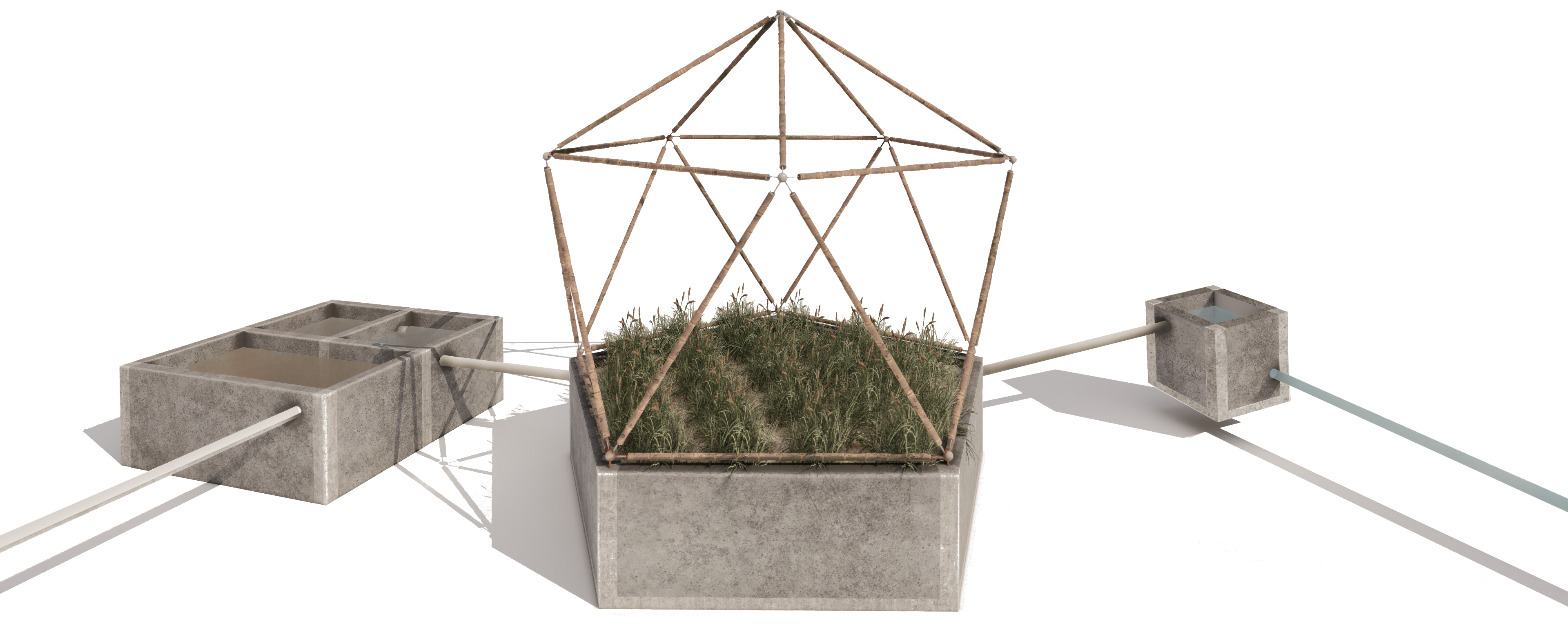
Artificial wetlands are nature-based technologies to clean our wastewater to the point of being reusable, or returned to the natural cycle with the same or better quality than they were received.
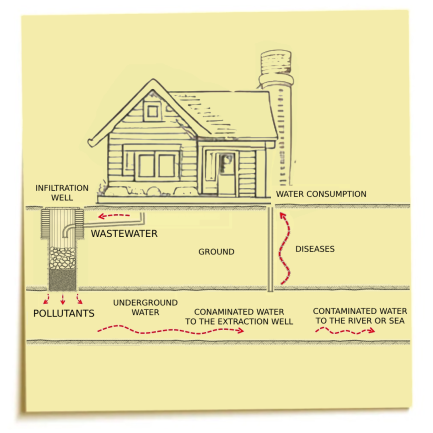
At domestic and real estate scales, returning our wastewater without proper treatment can generate a greater impact than we can imagine.
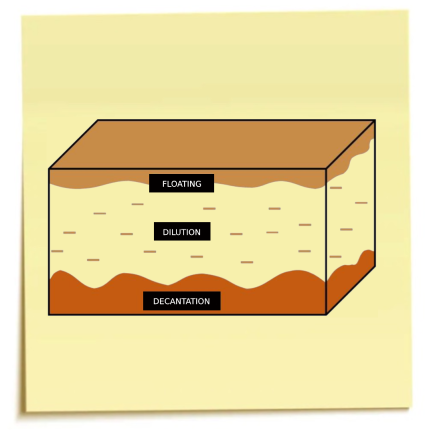
Pollutants in our wastewater are found in 3 main types. Substances that settle, substances that float like fats and oils, and substances already diluted in the water.
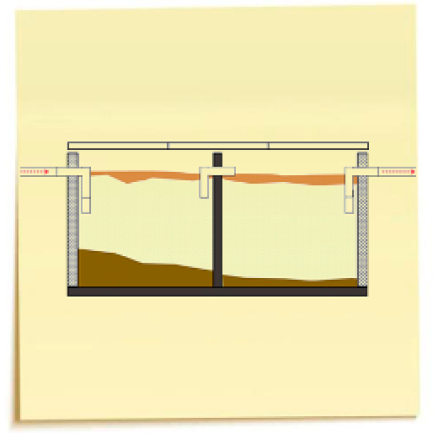
Treatment begins in primary systems, such as septic tanks or commercial ‘biodigesters’, which have the purpose of separating solids and allowing anaerobic bacteria, isolated from oxygen, to digest and dissolve the contaminant load into water.
By usual practice, due to the absence of solids that can clog the infiltration systems, this is the end of the treatment.
But it is essential to understand that most of the pollutants remain dissolved in the water, in measures that do not respect the recommendations of the standards to avoid a negative impact on water.
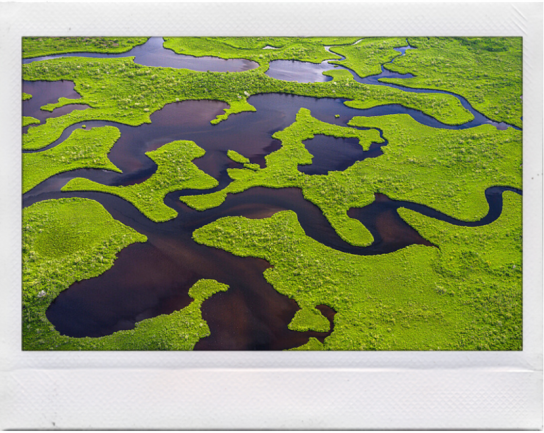
To remove these dissolved pollutants from water we must transform them into something else, and to do this it is essential to understand how nature cleans all our waters.
If we observe the natural processes that take place in the kidneys of the planet, the wetlands, we understand that those responsible for the decomposition of pollutants in the water are tiny organisms, collectively called microorganisms, which working with aquatic plants manage to close the cycle of pollutants by transforming them into nutrients that are absorbed by the roots. The result is a purification of the water to a natural state.
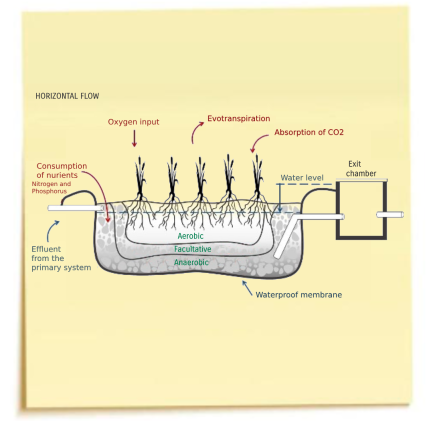
Artificial wetlands, also called biofilters, are systems designed to mimic the characteristics and processes (physical, chemical and biological) of a natural wetland, using phytoremediation or fitodepuration processes to clean our waters.
The role of the engineer or architect will be, then, that of a coadjuvant who, through simple architectural and hydraulic works, creates the channels that allow these microorganisms to develop in the most effective possible way.
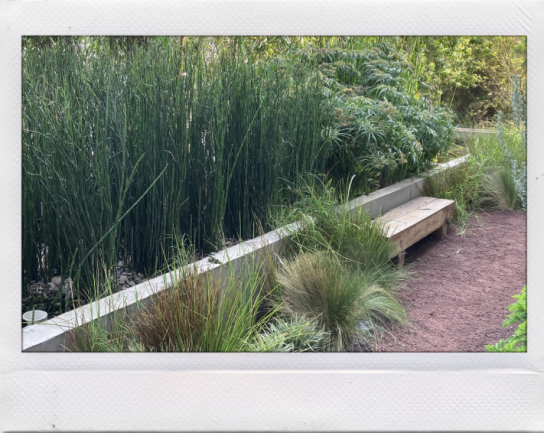
Constructed wetlands, like natural wetlands, can reduce a wide range of water pollutants, the main difference is that biofilters allow wastewater to be treated according to designs based on specific water quality objectives at the outlet of the system.
In this way, the pollutants end up transformed in plants, while the water continues clean to the natural cycle through a tertiary infiltration system, or is stored for reuse.
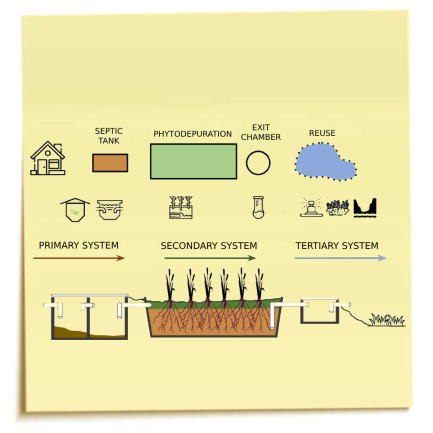
Basically, nature-based solutions to clean our wastewater consist of a 3-stage system:
A primary anaerobic system to remove solids.
A secondary aerobic system to transform pollutants into plants.
A treated water reuse or infiltration system to reintegrate the treated water back into the natural cycle.
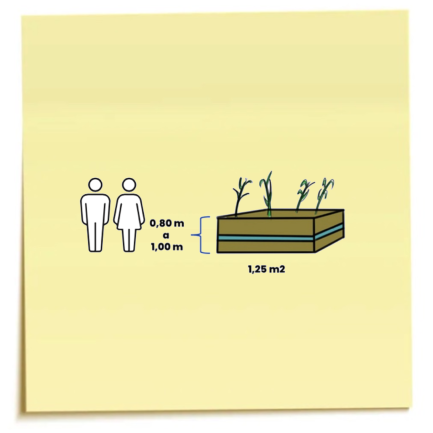
These solutions are inspired by nature’s power to clean itself, and respect the time and space she requires. Therefore, space is needed, space that we give back to nature to clean our waters.
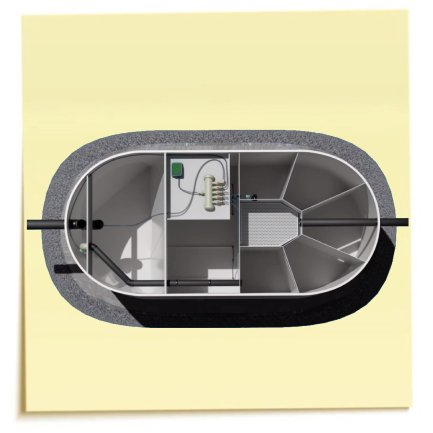
In cases where there is no space available to construct a wetland, compact technologies can be used to achieve a correct treatment in a small surface.
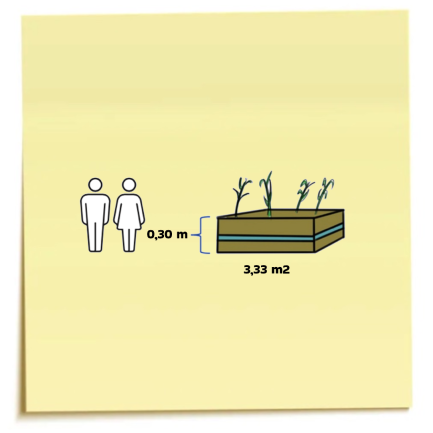
Si no contamos con un espacio y queremos utilizar el poder de las plantas para limpiar nuestras aguas, se pueden imaginar distintas soluciones de humedales, como humedales en techos verdes, o bien soluciones en vertical.

